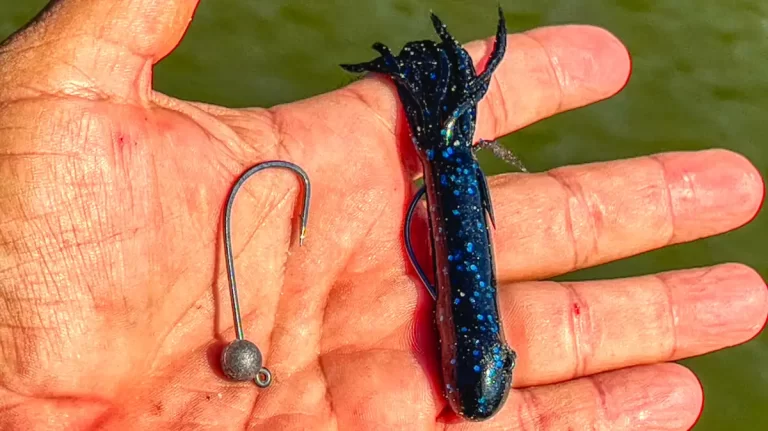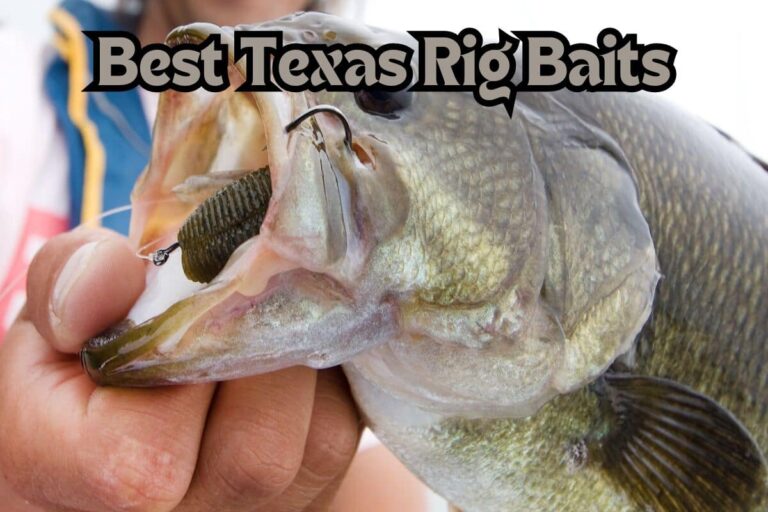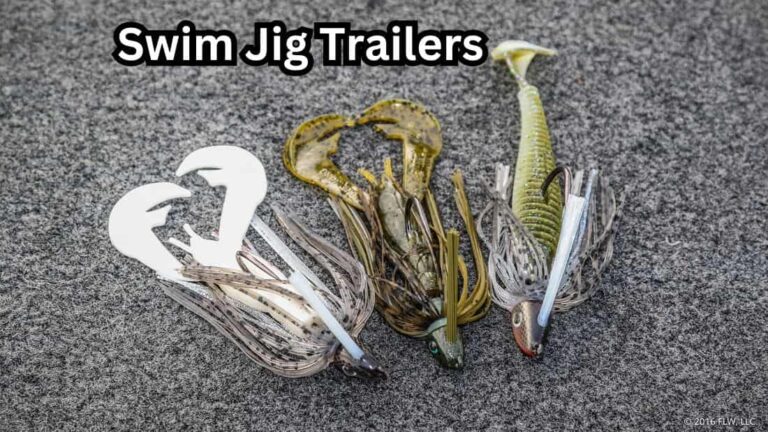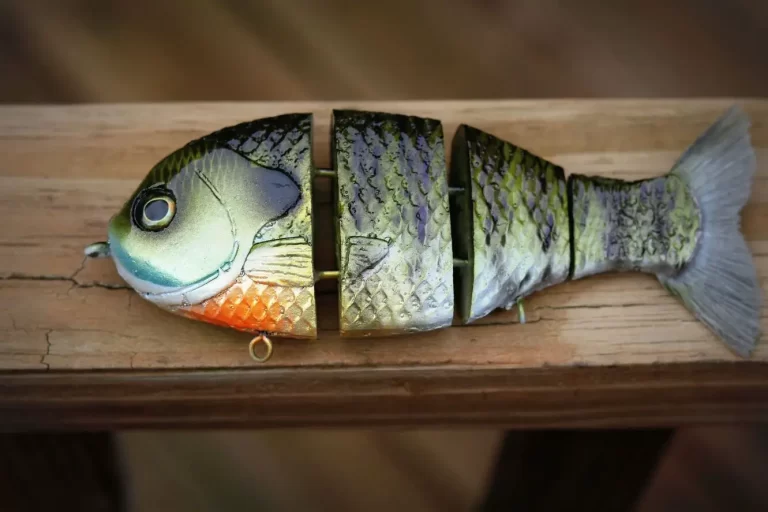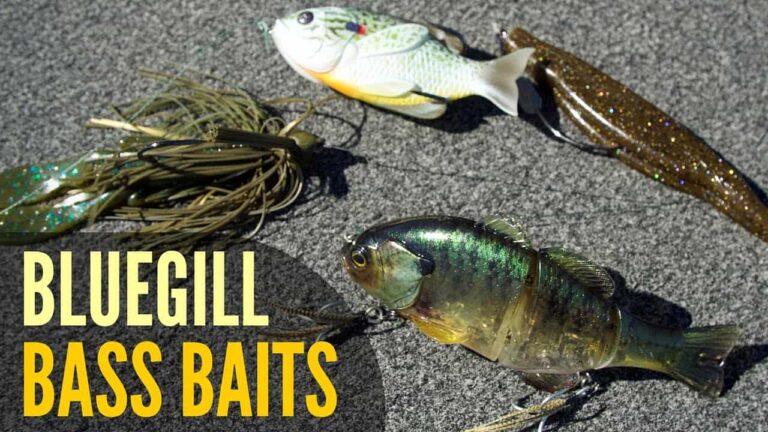When is the Post Spawn for Bass Fishing?

The first step to any fishing season is figuring out when it is taking place.
The post-spawn bass fishing season offers lots of challenges as well as opportunities for bass anglers.
The spring season is especially intricate because contrary to other seasons, the spring has three distinct phases that each cause bass to act differently, and each require unique fishing techniques.
Today, we will be taking the first step to mastering post spawn bass fishing. When is post spawn for bass?
When is the Post-Spawn for Bass?
The obvious answer is that the post spawn season is directly after the spawning season.
I am sure you already new this, but it is still important to state.
However, depending on where you live and the specific body of water you are fishing, the exact time of the post spawn will differ.
Time of Year
The post spawn is always going to be at the tail end of the spring time.
It will range from early March to mid April in the Southern states, and from early June to mid July in Northern states.
The post spawn is essentially the time period between the actual spawning season and the summer season.
Click our map of the bass spawn for every part of the United States.
The post spawn time period will range from the last 1-2 weeks of your location’s spawn, and about 1 month after your location’s spawn.
Water Temperature
The post spawn water temperature will vary a bit depending on the body of water and individual bass.
But generally, the post spawn will take place in 55-65 degree water temperatures.
Ponds vs Big Lakes
Smaller bodies of water such as ponds will heat up much faster in the spring. This will speed up the springtime bass seasons.
Typically, the bass will spawn a 1-2 weeks earlier in small ponds, meaning the post spawn will also start 1-2 weeks earlier.
How to Figure Out if Bass are in the Post Spawn
If you are still unsure weather the bass are in the post spawn or not, you can always just take a look at your lake to find out.
Empty Beds
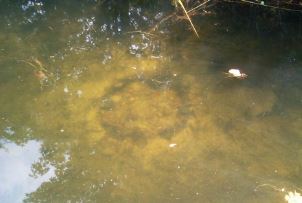
Take a look at the shallow areas of your lake. If there are lots of bass beds, but no bass on them, then bass are in the post spawn phase.
Once bass start making their bed, they will stay on or near it until they are finished spawning.
The beds will disappear fairly quickly after the bass has started it’s post-spawn behavior.
So an empty bed means that a bass has just recently finished it’s spawn and moved off the bed.
Bass Fry
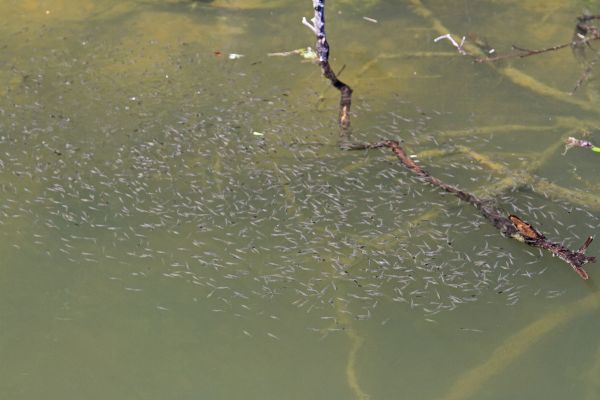
Sometimes mistaken as schools of minnows, bass fry are the young, hatchling bass that are only a week or less old.
These fry will be holding to the shallow water and usually not stray far from the bed where the hatched from.
For the first week or so, the parent bass will stay around their fry to protect them.
But after the first week or so, the bass parents will leave them to fend for themselves, and officially start their post-spawn movements.
Where to Find Post Spawn Bass
Post spawn bass are pretty easy to find. They are in one of two places.
First, they love shallow cover.
The cover offers the bass easy access to food and protection from predators.
These are especially important because bass are very hungry and low energy after their long, tiresome spawn where they didn’t eat anything.
Secondly, the first drop off or depth change.
Post spawn bass will often go from the real shallow spawning areas to the first depth change into deeper water.
This gives them the protection they need without requiring them to swim very far or find a perfect location.
Best Cover for Post Spawn Bass
Wood and grass are going to be your best bets. Wood is always going to be a favorite structure for bass year round.
Whether it is a tree, a dock, or an artificial habitat, wood like structures hold tons of post spawn bass.
By this time of year, the water is quite warm, and the grass is really starting to grow.
The sudden growth of the grass helps oxygenate the water and gives hungry bass lots of forage like frogs, bluegill, and bugs to eat.
Best Lures for Post Spawn Bass
There are many great post spawn bass lures. But if I could only pick three, the frog, bluegill swimbait, and swim jig give me the most versatility for catching post spawn bass.
Also Read: Best Post Spawn Bass Lures for a full breakdown.
1. Hollow Body Frog

It doesn’t get more weedless than a top water frog. By this time in the year, amphibians have started to be active and highly populated in ponds.
Imitating a chunky frog on the surface is a very filling and easy meal for bass that will not get snagged on any weeds or structure.
2. Bluegill Swimbaits
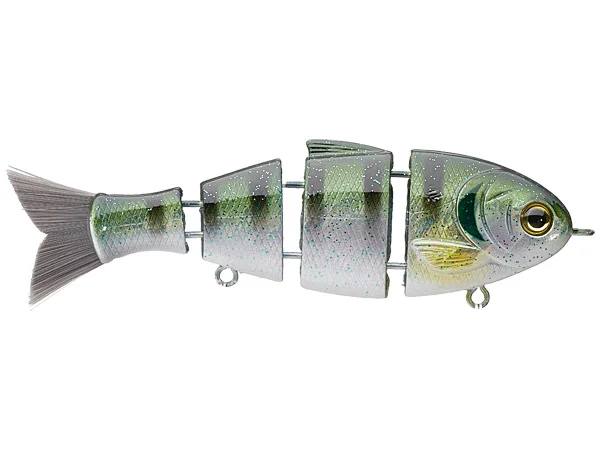
Bluegill are the #1 forage of post spawn bass. They are big, easy meals and are highly populated in the shallow water.
A bluegill swimbait is the most realistic and reliable lure to mimic them.
3. Swim Jig

Swim jigs are great bluegill imitations, but allow you to fish everywhere and anywhere.
The sleek design and thick weed guard protect the lure from getting hung up in brush or grass.
A bluegill pattern swim jig paired with the right trailer is the most versatile post spawn lure you can throw.
Reeling this In
The post spawn bass season is a great time to catch hungry bass that are feeding up after a tiresome spawn.
The post spawn ranges from March to July depending on where you live and what body of water you are fishing.
As with any season or fishing conditions, experience will be the best teacher. So get out there this spring and summer and learn as much as you can.
Every fish you do or don’t catch will teach you a lesson and make you a better angler.

